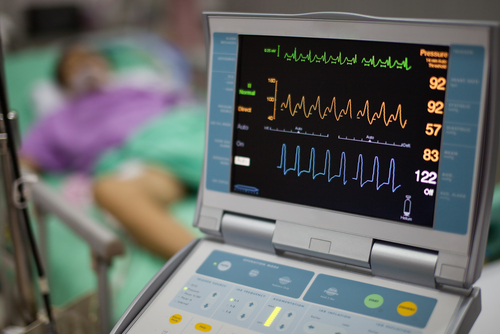 A new study on chronic thromboembolic pulmonary hypertension entitled “Right ventricular adaptation to pulmonary pressure load in patients with chronic thromboembolic pulmonary hypertension before and after successful pulmonary endarterectomy – a cardiovascular magnetic resonance study” was published in the Journal of Cardiovascular Magnetic Resonance by Dr. Andreas Rolf from Department of Cardiology, Kerckhoff Heart and Thorax Centre and Department of Thoracic Surgery, Kerckhoff Heart and Thorax Centre, Bad Nauheim, Germany, and colleagues.
A new study on chronic thromboembolic pulmonary hypertension entitled “Right ventricular adaptation to pulmonary pressure load in patients with chronic thromboembolic pulmonary hypertension before and after successful pulmonary endarterectomy – a cardiovascular magnetic resonance study” was published in the Journal of Cardiovascular Magnetic Resonance by Dr. Andreas Rolf from Department of Cardiology, Kerckhoff Heart and Thorax Centre and Department of Thoracic Surgery, Kerckhoff Heart and Thorax Centre, Bad Nauheim, Germany, and colleagues.
Chronic thromboembolic pulmonary hypertension (CTEPH) is a disease associated with high morbidity and mortality and is caused by thromboembolic obstruction of the major pulmonary arteries due to unresolved pulmonary embolism, leading to pulmonary hypertension and ultimately to right heart failure. The pathology leading to persistence and progression of the obstructing fibrothrombotic material in CTEPH is not fully understood. The decline of right ventricular (RV) function can be evaluated by cardiovascular magnetic resonance (CMR) that is the current gold standard for assessing RV function. The decrease in RV function is preceded by a rise in RV afterload and if the compensation is insufficient, such as during the early phases of the disease, the RV function will decline rapidly.
The main objective of the study was to describe the adaptation of RV to various loading conditions in patients with chronic thromboembolic hypertension (CTEPH) before and after pulmonary endarterectomy (PEA), which is the treatment of choice for patients with CTEPH. Around 4% of people with pulmonary embolism develop CTEPH, and pulmonary endarterectomy is a technique with very positive results. Through the use of cardiovascular magnetic resonance (CMR) and hemodynamic measurements the pulmonary arterial elastance, end-systolic right ventricular elastance and ventriculo-arterial coupling was evaluated before and after PEA. In this study, cardiovascular magnetic resonance was done in 65 patients with an average age of 41 ± 12 years where 28 were female before and after PEA.
[adrotate group=”4″]
The researchers concluded that using the results from right heart catheter measurements (RHC) and CMR volumetrics in CTEPH patients it was possible to quantify RV contractile properties and pulmonary arterial afterload. Moreover it was shown that RV function is greatly determined by afterload and returns to normal once ventriculo-arterial coupling and effective pulmonary arterial elastance are restored by PEA. Importantly, CMR combined with simple RHC measurements seems to be a perfect method to address RV properties in PH patients.

